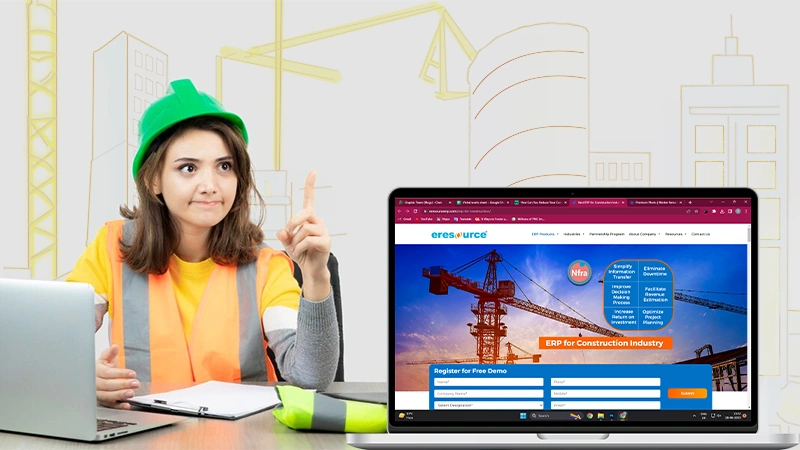Scaling SaaS Business: How to Ensure Performance and Reliability
In today’s rapidly evolving digital landscape, the Software as a Service (SaaS) business model has revolutionized the way software solutions are delivered to users all around the globe. As SaaS businesses strive to expand their customer base and gain a competitive edge, prioritizing the performance and reliability of their platforms becomes absolutely critical. After all, users now expect seamless experiences, lightning-fast response times, and uninterrupted access to their favorite SaaS applications.
As an ambitious SaaS entrepreneur or business owner, you understand the importance of considering all possibilities for the future. As your business flourishes and matures, you may find yourself contemplating the option to sell SaaS business assets down the line. In this context, the performance and reliability of your platform play a pivotal role in attracting potential buyers and maximizing the overall value of your business.
By focusing on these aspects right from the early stages of scaling, you not only set yourself up for sustainable success but also create a highly appealing asset that holds significant potential for a profitable sale when the time is right. In this post, we’ll explore actionable strategies to ensure optimal performance and reliability as you scale your SaaS business, laying the foundation for continued growth and unlocking future opportunities.

Understanding Performance and Reliability
In the ever-evolving business landscape, the widespread adoption of SaaS solutions is undeniable. By the end of 2023, it is projected that 99% of companies will embrace one or more SaaS offerings. As businesses increasingly rely on these cloud-based platforms, ensuring performance and reliability becomes paramount.
Performance is the lifeblood of a successful SaaS platform, encompassing speed, responsiveness, and efficiency. Users expect quick, seamless experiences that allow them to complete tasks effortlessly. Optimal performance requires a well-optimized infrastructure and diligent monitoring to identify and address bottlenecks promptly.
Reliability is the foundation of customer trust. SaaS applications must maintain uptime, availability, and robust error-handling capabilities. Reliable infrastructure, efficient database management, and comprehensive error handling minimize disruptions and provide a consistent user experience.
When it comes to scaling a SaaS business, it’s crucial to prioritize both performance and reliability. Investing in tools and technologies that optimize these factors will enhance user satisfaction and drive business growth. For instance, investing in reliable OKR software can help your SaaS business align performance and reliability goals with the broader objectives of the organization. By setting clear objectives and key results and utilizing technology, you’ll be able to make sure that your efforts to scale are focused, measurable, and aligned with your overall business strategy.
Ensuring Superior Performance
Scaling a SaaS business involves crucial considerations to ensure optimal performance. Firstly, selecting a hosting provider with scalable infrastructure, reliable data centers, and robust networking capabilities is essential. Load balancing and auto-scaling mechanisms can efficiently distribute workloads and adjust resources based on demand.
Efficient database management is also vital. Techniques such as database replication, sharding, and caching improve the read and write operations while reducing database queries and enhancing response times.
Prioritizing performance optimization is a crucial factor. Optimizing code and algorithms, and minimizing network latency and bandwidth usage improve execution efficiency and enhance the user experience. Front-end optimization techniques like image compression and minimizing HTTP requests boost page load times.
Continuous monitoring and performance testing play a significant role. Utilizing robust monitoring tools, tracking metrics such as response times, server load, and error rates ensures proactive identification of issues. Regular load and stress testing simulate high-traffic scenarios, enabling proactive identification of potential performance issues.
Guaranteeing Reliability
Redundancy and Fault Tolerance
To maintain high availability, consider implementing backup and disaster recovery mechanisms. Regularly back up your data and replicate it across multiple data centers or availability zones. This redundancy ensures that even if one server or data center fails, your platform remains accessible. Utilizing fault-tolerant architecture and distributed systems can further enhance reliability by mitigating the impact of hardware or software failures.
Security and Data Protection
As your SaaS business scales, it becomes imperative to prioritize security and protect user data. Implement robust security measures such as encryption to safeguard sensitive information. Regular vulnerability assessments and security audits help identify and address potential vulnerabilities. Compliance with data protection regulations such as GDPR or CCPA is crucial for maintaining user trust and avoiding legal consequences.
Error Handling and Fault Detection
Handling errors effectively is vital for maintaining reliability. Implement mechanisms to catch and handle exceptions gracefully, providing meaningful error messages to users. Logging and monitoring system errors and exceptions enable you to proactively identify and address issues. Setting up alerts and notifications for critical failures ensures prompt response and minimizes downtime.

Final Thoughts
Performance and reliability are crucial factors for successfully scaling a SaaS business. A robust infrastructure, efficient database management, performance optimization techniques, and continuous monitoring are essential for ensuring high-performance levels.
As technology continues to evolve, scaling SaaS businesses will require staying updated with emerging trends and adapting to new challenges. By prioritizing performance and reliability, SaaS companies can meet the increasing demands of users and position themselves for future growth in the competitive marketplace.
Follow Us
Latest Post















